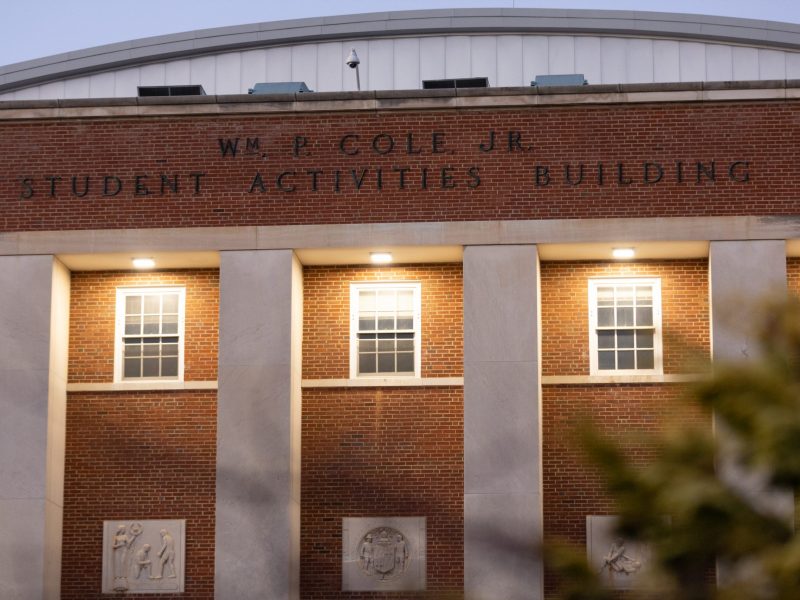Researchers in University of Maryland’s bioengineering department have received a $1 million grant from the National Institutes of Health to further explore how cancer cells spread through the body.
Cells respond to the physical environment around them, making decisions based on the “stiffness” of materials they touch, said Giuliano Scarcelli, a researcher in the university’s Optics Biotech Lab. When cancer cells break off of a tumor, they can travel through the bloodstream and form new tumors through a process called metastasis, he added.
But in order to move through the body, the cancerous cells must overcome physical obstacles in their path.
Scarcelli and his team’s research suggests cells do this by changing their own stiffness, allowing them to move more easily through constrictions and vessels in the body, he said, and they are working to improve a microscope they have developed to better understand the mechanics of this process.
“The nasty thing [about cancer] is the little cells that can break off and go to another site … it’s a terribly difficult process from a physical standpoint,” Scarcelli said. “So the purpose of this grant was to basically observe all of these challenging processes that occur during the metastasis and see if the … metastatic cell has mechanical machinery that is turned on in order to accomplish these goals.”
Scarcelli’s team will receive $1 million over the next three years from the Innovative Molecular Analysis Technologies Program of the National Cancer Institute of the NIH to develop the instrument even further, he said. They hope to make their instrument faster, more accurate and more user-friendly so that it can have more practical applications, he added.
Using a technique called Brillouin spectroscopy, researchers place a dish of cells under a microscope, shine a laser onto a cell and use equipment to measure the light that the cell scatters, said Jitao Zhang, a postdoctorate in the Optics Biotech Lab. The scattered light will have a slightly different wavelength than the original laser, and this difference is related to the stiffness of the cell, Zhang said.
Scarcelli previously used this technique to measure the stiffness of eye tissue related to cornea surgeries, he said. Applying the technology on the cellular level requires a much higher resolution, which many people thought would be “fundamentally impossible,” he said.
Using light instead of physical contact on the cell with a small needle is less damaging and allows researchers to see more details of the cell, Zhang said.
In the process of metastasis, tumor cells must make holes in blood vessels and squeeze themselves through the tissue, said Emad Moeendarbary, a research fellow at the Massachusetts Institute of Technology who has been collaborating on the University of Maryland project.
In a lab setting, researchers can observe how individual cancer cells migrate through gel in a glass or a dish, and also add a layer of cells representing blood vessels to mimic the environment of the body, Moeendarbary said.
“We’re starting to see that, indeed, in these processes the metastatic cells have this … ability to adapt their mechanical properties to the task that they need,” Scarcelli said. “So when they need to be soft, they’re soft; when they need to be stiff, they’re stiff.”
While it is “a little bit tricky” to predict the clinical implications of this technique, a better understanding of how cells change during migration may help biologists better prevent migration and spread, Moeendarbary said.
Ninety percent of all cancer-related deaths result from metastasis, rather than a primary tumor, said Kimberly Stroka, an assistant bioengineering professor who also studies the spread of cancer.
In the future, Scarcelli said this technique could be used to combat cells’ ability to spread through the body and test drugs that aim to prevent metastasis.
While there are many challenges to applying this technology to real, clinical settings, Zhang said the NIH grant is “very exciting” as researchers aim to provide more information to biologists in order to fight cancer.
“We want to have a way to diagnose the cancer with this new measure, and also we want to understand how the mechanical property of the cell relates to its function,” Zhang said. “It’s powerful instrument, but … there’s still a far way we have to go.”



